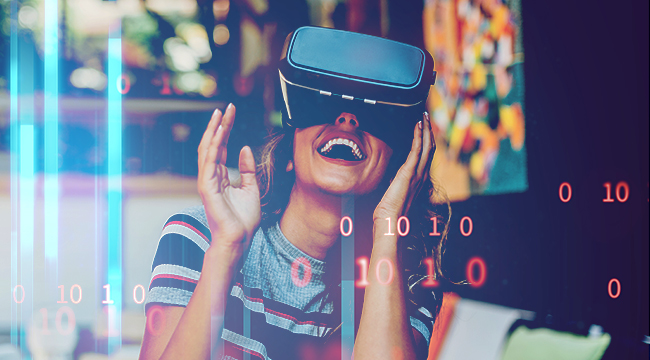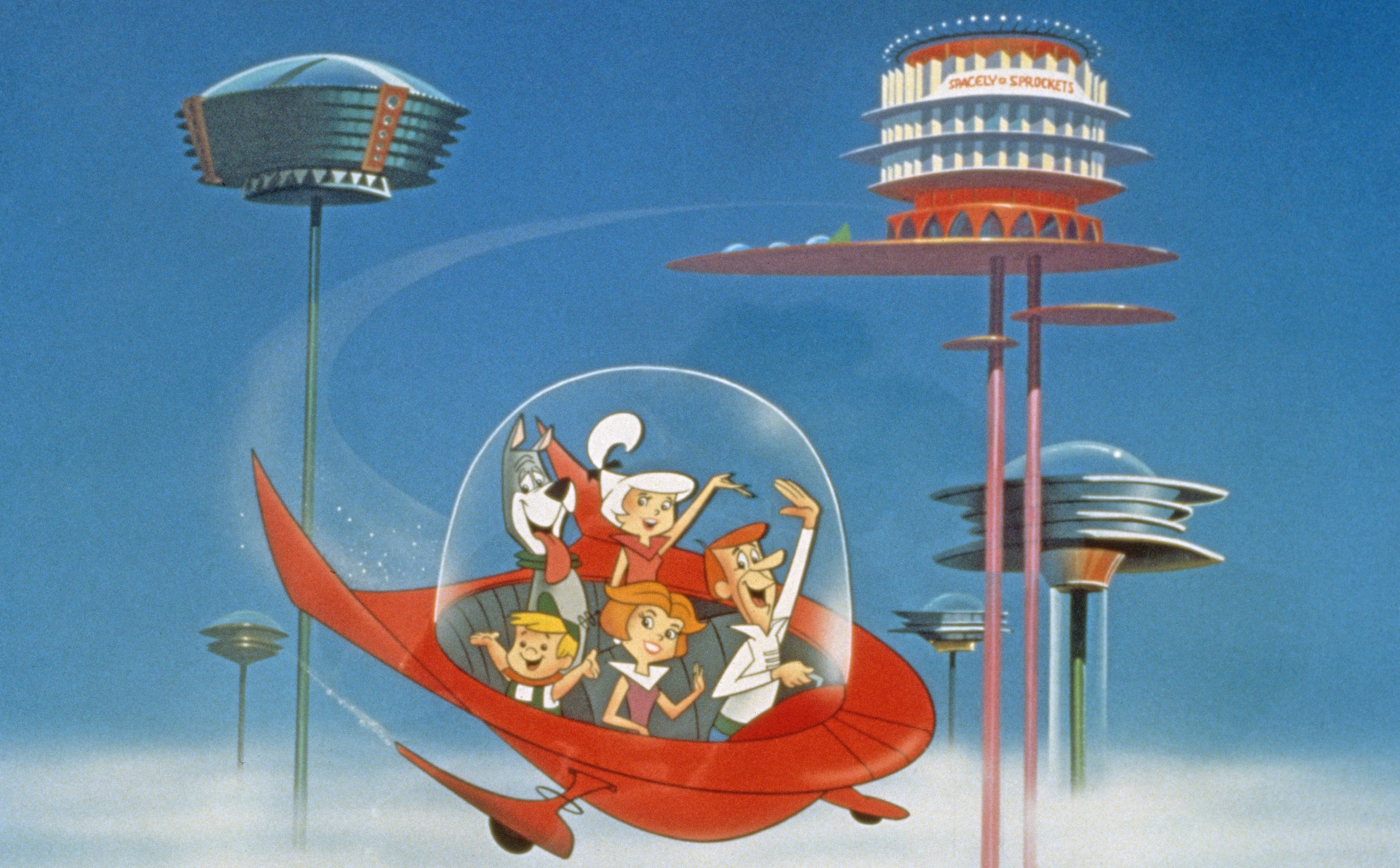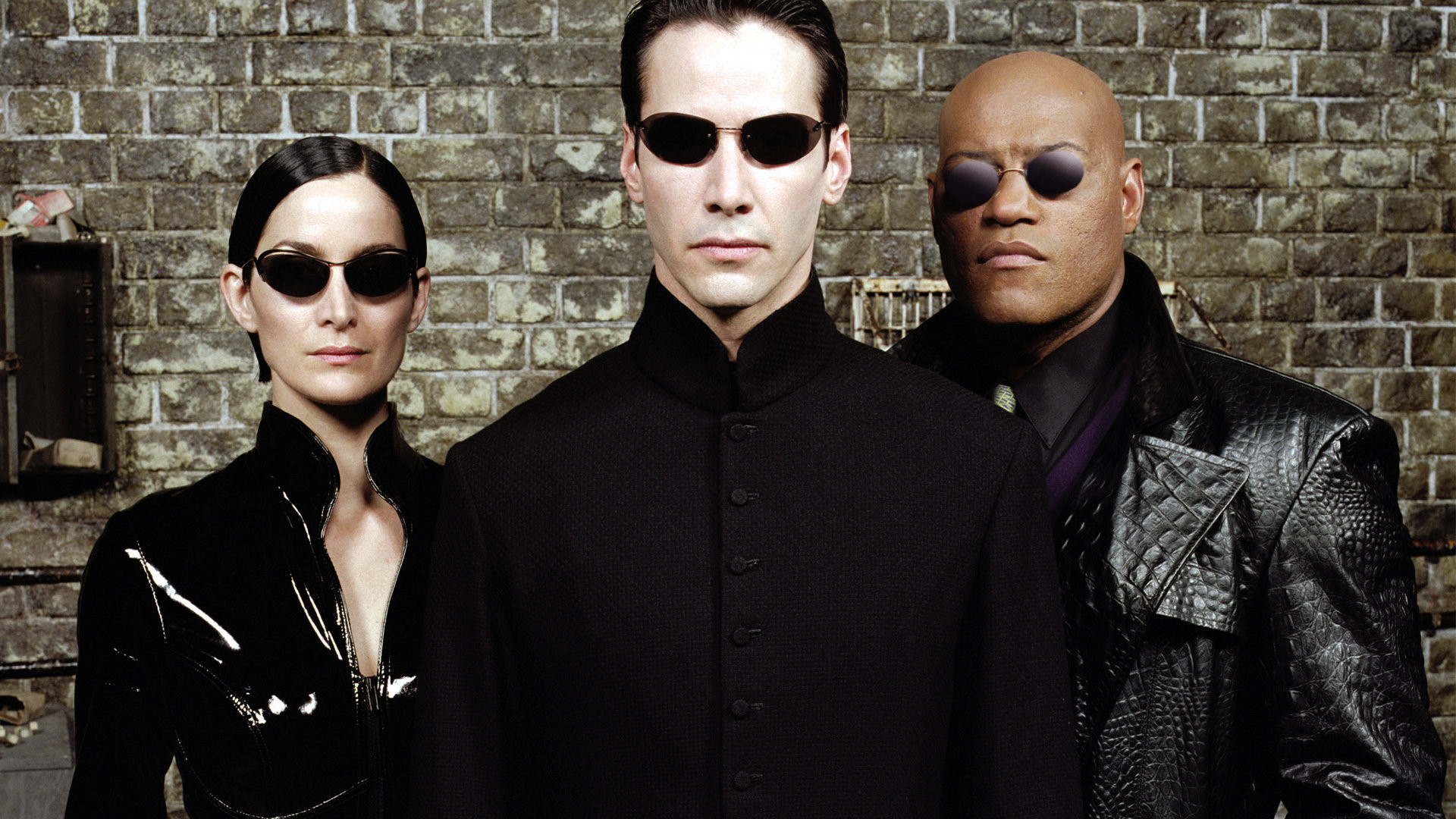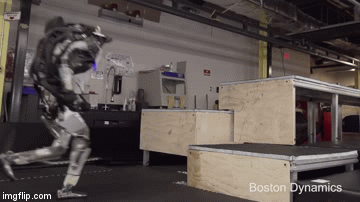
In April 2009, the great Leslie Knope made some predictions about the future while filibustering her own public forum. She stated, “In the future, everyone will be flying around in space taxis, communicate on watches and blink our feelings to each other rather than use words.”
That was ten years ago. To put things into perspective, it was around the time Apple’s app store launched, Twitter went mainstream, and satnav (aka GPS) was introduced as a smartphone staple. (Remember how badly Apple biffed the Apple Maps roll-out?)
How times have changed. While we’re not exactly flying around in Jetson-style space taxis or blinking feelings at each other, Knope did predict smartwatches. And despite her best efforts at grabbing random facts out of the air in order to stall for time, she’s not far off how technology is going to streamline our daily lives.
Here’s a little taste of the future.
Car commutes will be a time to rest and relax instead of screaming at the jags who don’t know what a zipper merge is.

We know, we know, we’ve been hearing about self-driving cars for years. Where the hell are they? To be honest, if you have the money, they’re already here. For the rest of us, they’re imminent. As in: they’ll become ubiquitous faster than you can say, “I don’t feel like driving today.”
Per Wired, the first self-driving car service launched in Phoenix, Arizona in December. Small-scale shuttle services are popping up in various cities. According to The Verge, new self-driving tech on the market, “allows the driver to hand over direct control of steering and speed, while still supervising the overall operation of the car.” Meanwhile, in San Jose, California a robotaxi service is set to begin testing.
That means, instead of having a 40-minute drive through the hell that is I-5 at 8 a.m. on a Tuesday, wherein you have to watch for any jabronis who may or may not try to cut you off in order to get to where they’re going all of two minutes sooner, you’ll be able to set your location, take a seat, and catch up on some reading, eat a nice breakfast, or check Uproxx on your phone while your car takes you to work.
Are you the type who always loses your keys? That won’t be a problem anymore.

Soon, your biometrics will be your keys. Are you surprised? You shouldn’t be. After all, iPhones and other smart phones already have biometric passwords (for example, Apple’s TouchID). So of course, fingerprint car keys aren’t far behind. In fact, Touch ID came out with the iPhone 5s, which was released in September 2013, to say nothing of the Androids which had fingerprint scanners before Apple. That means engineers have had over five years to really fine-tune things, so it should come as no surprise that keyless entry is here and biometric sensors are starting to come to the automotive market.
Beyond just getting into your vehicle, a complete biometric automotive experience is on the way — a holistic, health-based end-to-end experience that tracks everything from fatigue to amount of time spent looking at the road in order to ensure a safe driving experience.
This biometric technology is not only convenient for forgetful people who lose their keys (even when they’re somehow already in their hands) but will also likely curb theft, and has the added benefit of adjusting seat position, temperature, and more. It also means no more, “wallet, keys, watch” ritual before you leave the house and no more too-tired-to-drive experiences.
Augmented reality contact lenses are coming, which means you’re one step closer to being in the Matrix… sorta.

If you remember Google Glass, you surely remember the laughter. Oh, what awkward, unhelpful, weird…
Well, the thing about Google Glass is that, while it was a huge marketing failure, it showed the world what augmented reality could look like integrated into everyday life. With Glass, you could read, watch videos, look up recipes, and even access full-screen apps using voice commands or the compact track-pad, which means almost hands-free internet. So, yes, it was a little cumbersome and not exactly stylish. C’est la vie.
Almost seven years after Glass debuted, augmented reality glasses and goggles have come and gone, and now, we’re staring at the eventual introduction of augmented reality contact lenses. That means, taking some of the AR technology that has developed over the last few years (like Microsoft’s HoloLens, which is a nice example of how to integrate AR into the everyday world), miniaturizing it, and allowing the world to become, in a sense, your computer screen. Mojo Vision, one contact lens start-up, hopes to make the world your computer by using contact lenses to seamlessly integrate your digital life into the real world. One example: play a board game on your coffee table (digitally) and take care of emails while staring straight at your partner, pretending to listen (Black Mirror, get ready).
Another AR contact lens start-up, eMacula, run by Innovega, is planning to combine the use of contact lenses and glasses to make a lightweight AR experience that wouldn’t require heavy headsets that are hard to focus on from certain distances. That means that soon you’ll be able to check email at the literal blink of an eye and maybe even blink your feelings at someone, just like Leslie Knope predicted.
Goodbye pesticides, hello microbiomes, healthy soil and crops, and a more equitable food system.

When synthetic pesticides were introduced into the modern food chain, they were supposed to be the answer to pestilence, failed crops, and unreliable food production year-over-year. And while pesticides have been used in some form or another for thousands of years (Sumerians reportedly used sulphur to control insects roughly 4,500 years ago), the discovery and subsequent mass-market availability of synthetic pesticides like DDT really got its start in the 1930s and 1940s.
For anyone who has ever read Silent Spring or, you know, talked to anyone involved in modern agriculture, things haven’t exactly gone to plan. While giving farmers more reliable crop yields for a time, synthetic pesticides have also severely, negatively impacted their immediate environments and the food chain as a whole. So some brilliant scientists and farmers are changing that with new (old) technology—which has the potential to make the food chain more reliable and equitable. How? Well, it starts with bacteria. Take, for example, the agricultural company, Indigo. Thanks to ever-cheaper gene sequencing technology, they’ve been able to sample plant microbiomes and determine which bacteria on the inside of plants (called endophytes) could help promote growth and health. If Indigo finds the right microbiomes, that could mean the end of synthetic pesticides (and all the related damage to consumers and the local and global food chain) as we know it.
3D-printed organs will change transplants forever.
https://www.instagram.com/p/BmLfO9Dl8Z_/
According to the U.S. Department of Health and Human Services’ Organ Procurement and Transplantation Network, more than 2.7 million people in the U.S. are waiting for organs right now. On the other side of the Atlantic, wait times for a kidney are somewhere in the ballpark of 944 days. That’s more than two and a half years to wait for a vital organ, and can often mean the difference between life or death.
But now there are multiple start-ups around the world working furiously on 3D printing organs using bioprinting in order to eliminate the wait for transplants. Bioprinting is a type of 3D printing that “can produce living tissue, bone, blood vessels and, potentially, whole organs for use in medical procedures, training, and testing,” according to the Australian Academy of Science. And while the development of bioprinting technology is more slow-going than that of traditional 3D printing, San Francisco-based startup Prellis Biologics just announced in June 2018 that they have the capability to manufacture capillaries—those oh-so-tiny veins which are an essential part of organ manufacturing—and hope to get 3D printed organs to market within five years, according to TechCrunch. Then there’s Cellink, a Swedish bioprinting firm, which “brought to market the world’s first standardized bioink” or, the stuff 3D organs are made from. Their creation will form the basis for printing cartilage, skin, organ tissue, you name it.
As bioprinting becomes more sophisticated, that means less significant wait times for life-saving organ transplants, a change in the way procedures like bone and skin grafts are done, and, down the line, a more equitable health care system.
The robot revolution will give us more time to take care of our needs and tend to our interests.

Robots are going to take your job. This isn’t a matter of if, so much as when. They’re going to take yours. And mine. And your neighbor’s. And maybe that guy in the apartment right below you who never really seems to leave the building, and you’re not totally sure what he does, but you don’t think he sells drugs. Yeah, his job, too. It’s already happening: self-checkout machines, delivery robots rolling around neighborhoods dropping off packages, touchscreen ordering at McDonald’s.
This doesn’t have to be a bad thing. If — and this is a big if — protections for regular ol’ folk, such as universal basic income (which is a core proposal of presidential candidate Andrew Yang), are put into place to guarantee that automation doesn’t mean the new serfdom, automation could be a beautiful thing.
In the short term, one study of 830 jobs analyzed deemed that only 5 percent were candidates for complete automation. But let’s just say that automation means we only work 25 hours per week. Shorter work-weeks have been shown, time and again, to boost productivity, lower stress levels, increase mental and physical health, and increase overall happiness. That means more time for friends and family and less time stressing about finishing that powerpoint presentation for your boss because PowerPointBot5000 is on it.
In other words: imminent job automation could translate to no more depression memes or millennial burnout.
Chores? Bye.

The first time I saw a Roomba in person, I was disappointed. While it swept around the hardwoods at a friend’s house, I noticed that, yes, it did pick up quite a lot of dust and dirt, but there was still a fine layer left behind. “Oh, I only use that in between real vacuuming,” my friend told me.
That was almost seven years ago. This is 2019, baby. Land of the chore-doing robots. Now you have Samsung in the robot vacuum game, serving up the R7070 robot vacuum cleaner, which sucks up dirt like a champ and self-cleans, which means no more digging pet hair out of your machine and getting all worked up when you feel like you’re never going to be done untangling the mess.
In fact, that’s just the tip of the robot chore iceberg. Take your pick of any number of robotic lawn mowers, some of which can cut half an acre in an hour. Maybe it’s not as fast as you could do it, but it also means you’re not out in the hot sun fighting hay fever. Hate folding laundry? Me too. Soon, you’ll be able to get your hands on Foldimate, the laundry-folding machine whose prototype video you’ve probably seen making the rounds on social media. The machine’s launch is anticipated later in 2019 and if you’re lucky enough to get your hands on one you can fold an entire load of laundry in five minutes or less without a single complaint to or from your partner. Amazing. There’s even a robot that will clean your toilet for you, much more effectively than those weird leave-on Scrubbing Bubbles soap-cakes that makes the whole bathroom smell weird.
The future: no more household chores. That means more time to take your dog for a walk, fight the good fight by joining a political protest, planting an organic garden, reading more books, or just plain staring at the ceiling if that’s your jam.
***
Life can be tough enough without the added pressure of things like keeping track of your keys and wallet or having to pull your phone out of your pocket in order to prove to your friend Todd that he’s wrong about the distance between the earth and the moon, or even having to clean up after yourself. Thankfully, technology has got us covered. Or at least it will. Soon.
